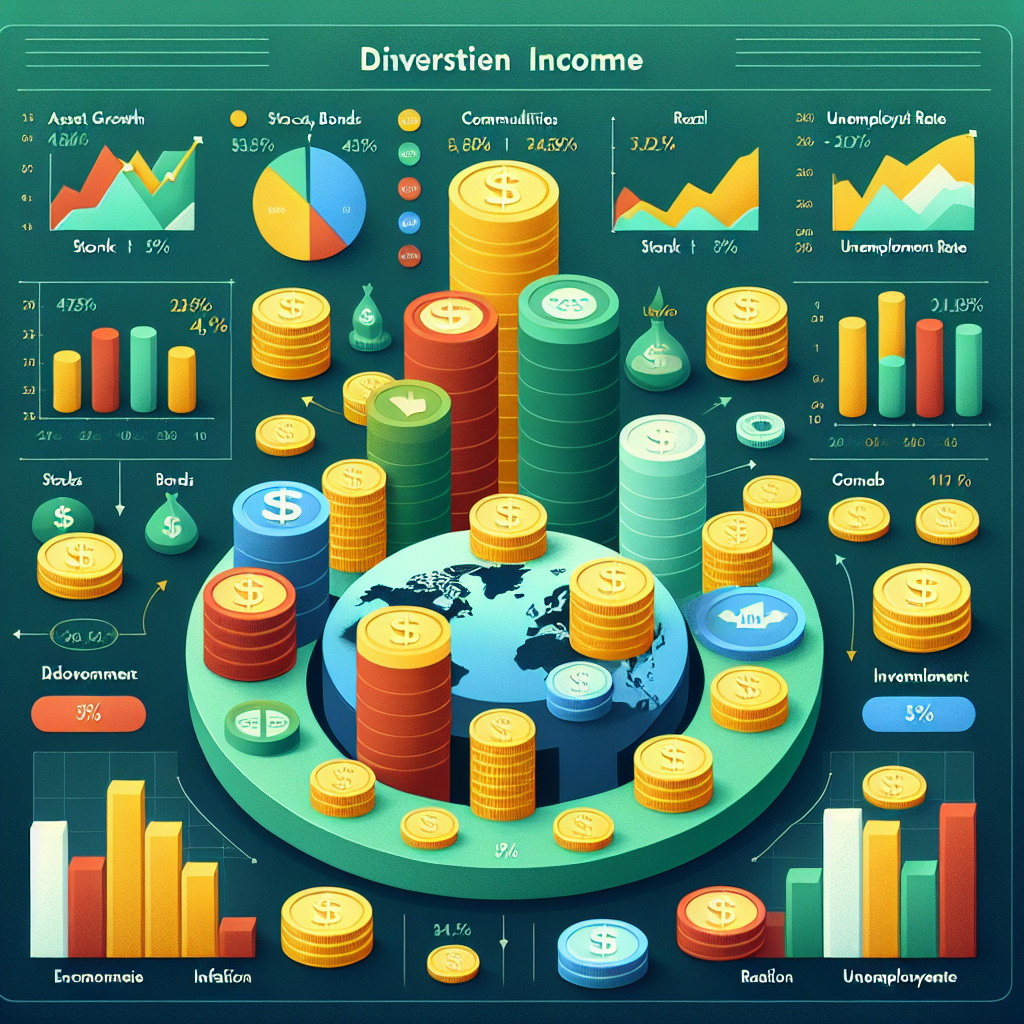How to Diversify Your Investment Portfolio
Why Diversification is Important
Diversification is a key strategy in investing that involves spreading your investments across different asset classes to reduce risk. By diversifying your portfolio, you can minimize the impact of market fluctuations on your overall investment performance.
Types of Investments to Consider
Stocks
Stocks are shares of ownership in a company and can provide growth potential over the long term. When selecting stocks for your portfolio, consider diversifying across different industries and company sizes.
Bonds
Bonds are debt securities issued by governments or corporations. They are generally considered safer than stocks and can provide a steady income stream. Diversifying your bond holdings by investing in different types of bonds, such as government bonds, corporate bonds, and municipal bonds, can help reduce risk.
Real Estate
Real estate investments can provide a source of passive income and potential for appreciation. Consider investing in real estate investment trusts (REITs) or rental properties to diversify your portfolio.
Commodities
Commodities, such as gold, oil, and agricultural products, can provide diversification benefits as they tend to have low correlation with traditional asset classes. Investing in commodities can help hedge against inflation and market volatility.
How to Diversify Your Portfolio
Asset Allocation
One of the key principles of diversification is asset allocation. Determine the percentage of your portfolio to allocate to each asset class based on your risk tolerance, investment goals, and time horizon. Rebalance your portfolio periodically to maintain your desired asset allocation.
Invest in Mutual Funds or ETFs
Mutual funds and exchange-traded funds (ETFs) are investment vehicles that pool money from multiple investors to invest in a diversified portfolio of assets. Consider investing in mutual funds or ETFs that provide exposure to different asset classes and sectors to achieve diversification.
Consider International Investments
Investing in international markets can provide additional diversification benefits and exposure to different economies and currencies. Consider investing in international stocks, bonds, or mutual funds to diversify your portfolio globally.
Monitor Your Portfolio
Regularly review and monitor your investment portfolio to ensure that it remains diversified and aligned with your investment goals. Consider seeking advice from a financial advisor to help you make informed decisions and adjust your portfolio as needed.


